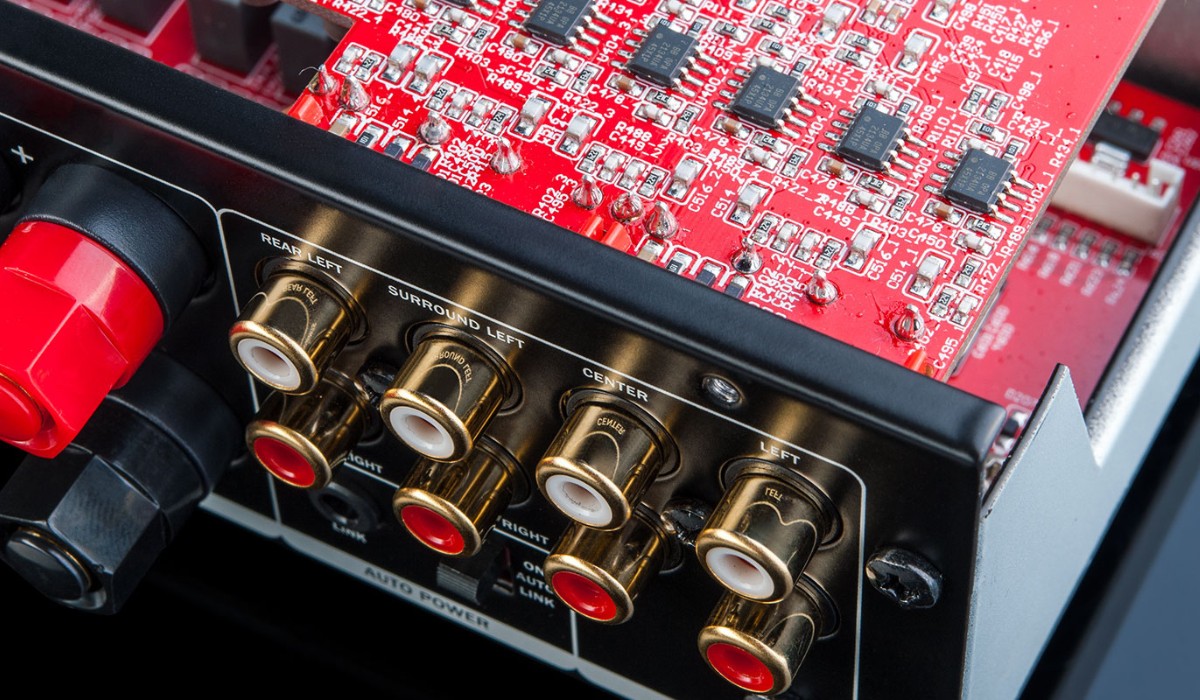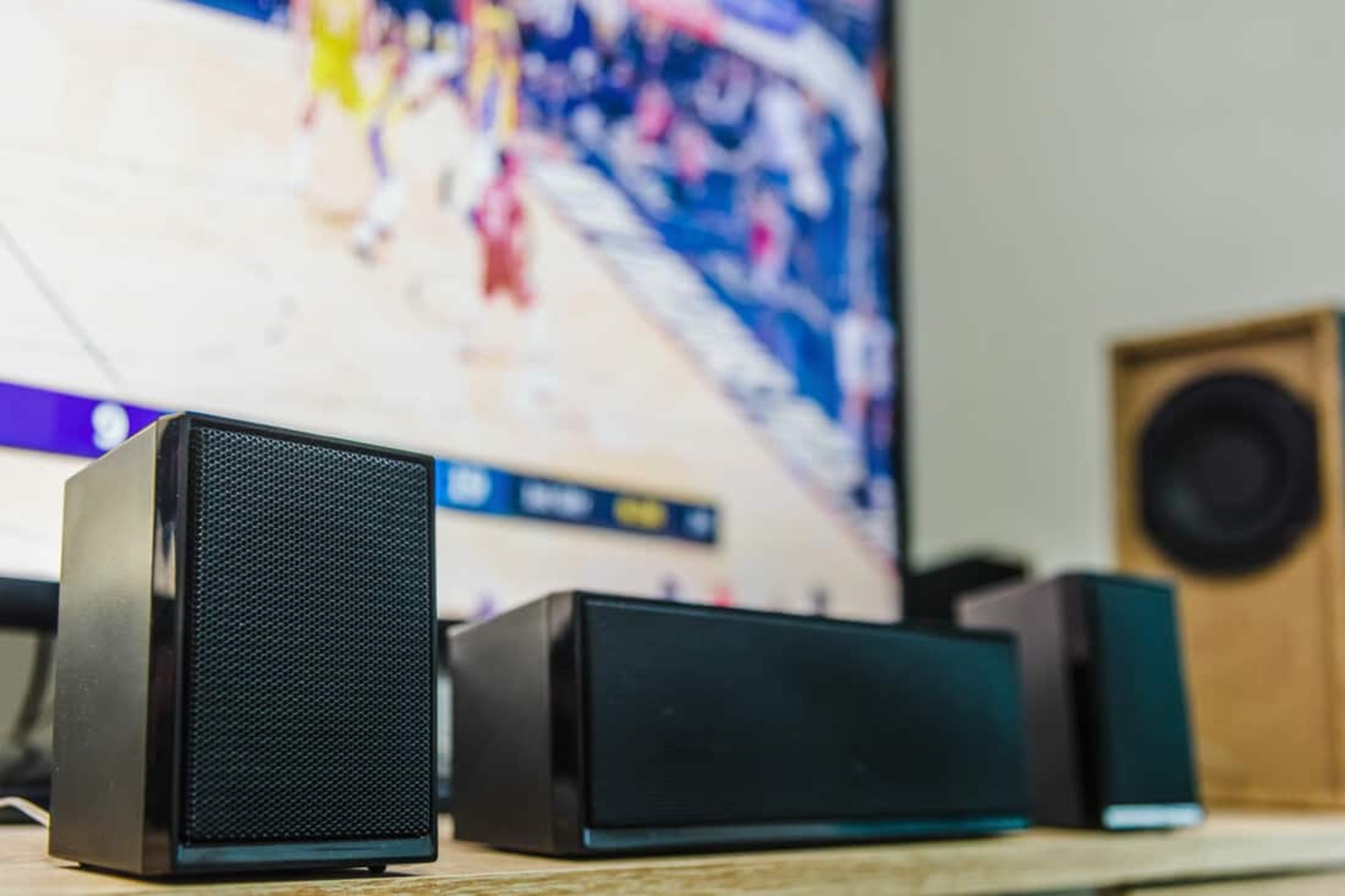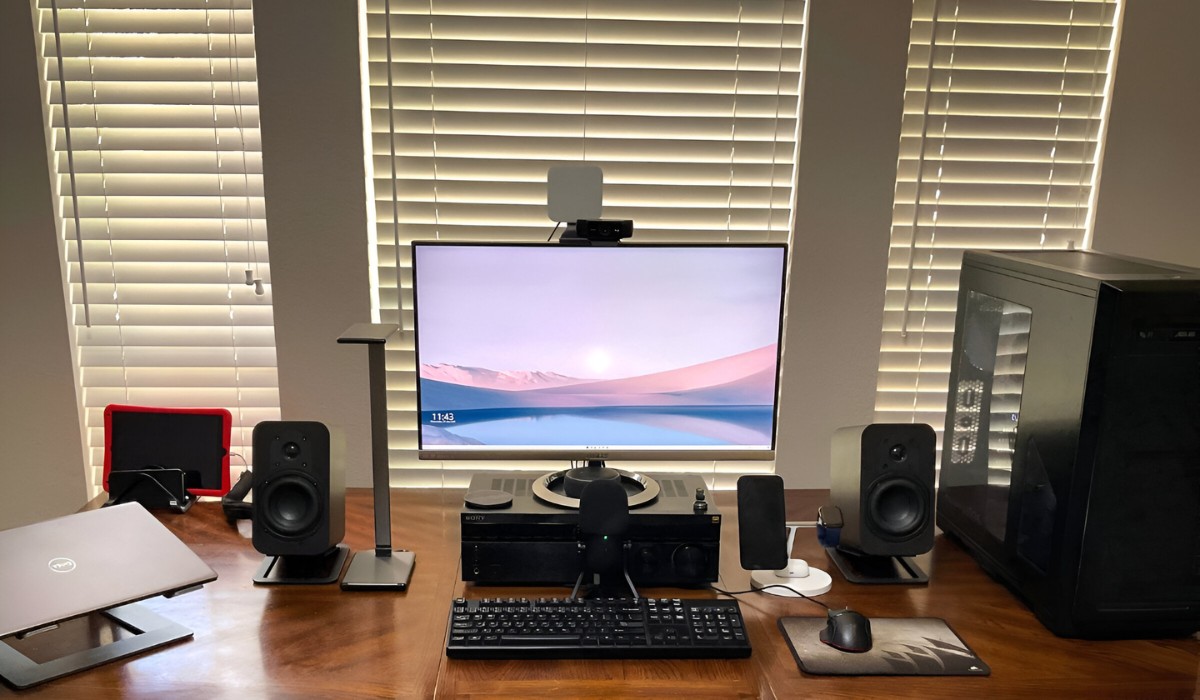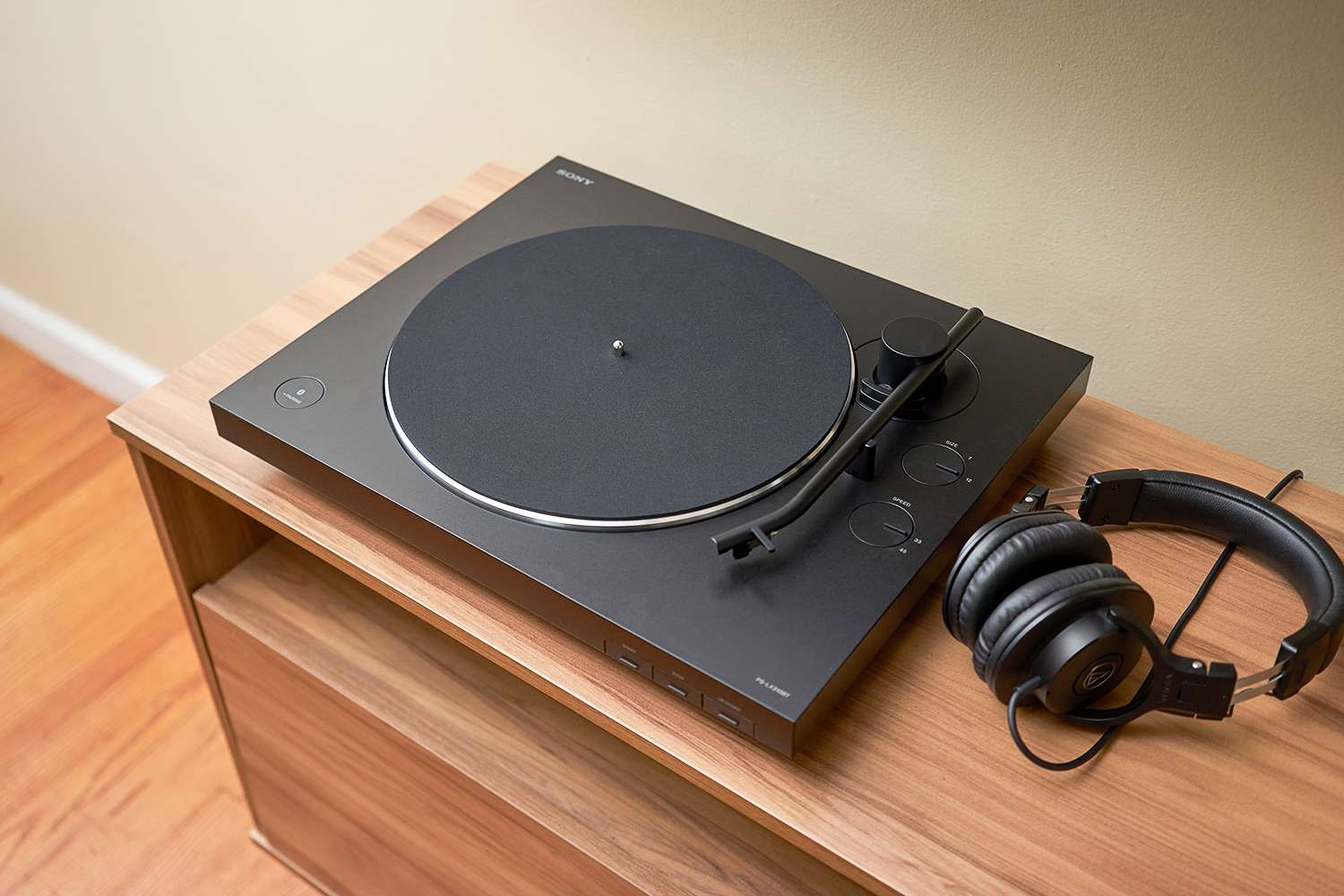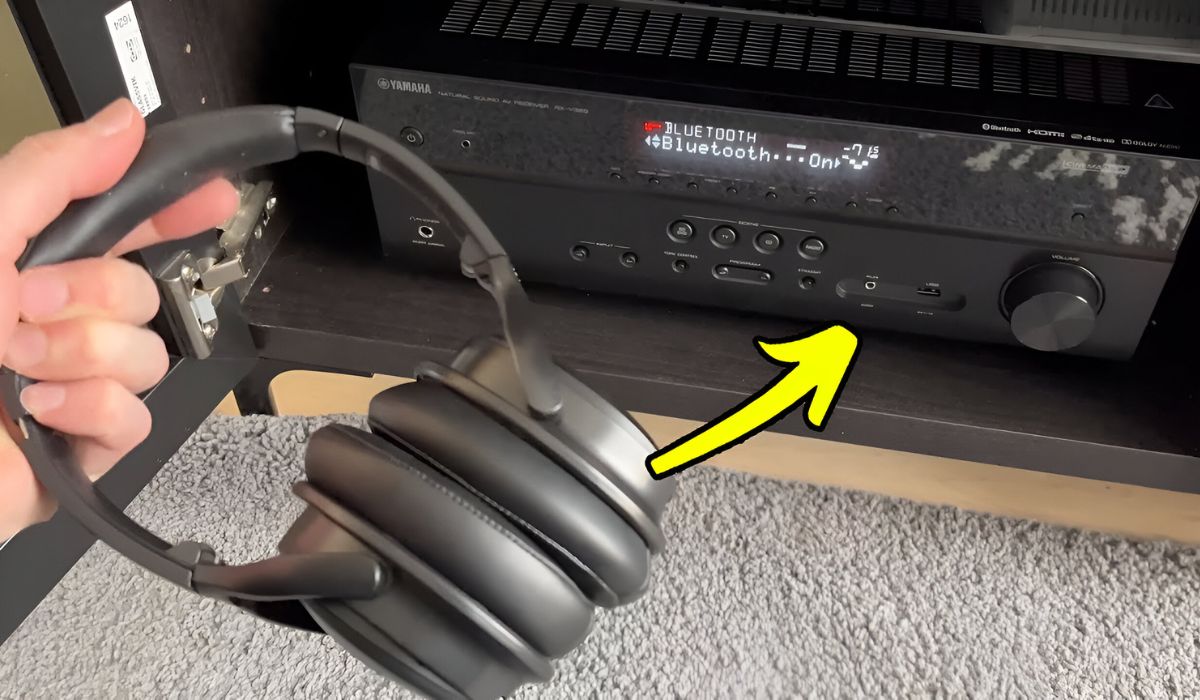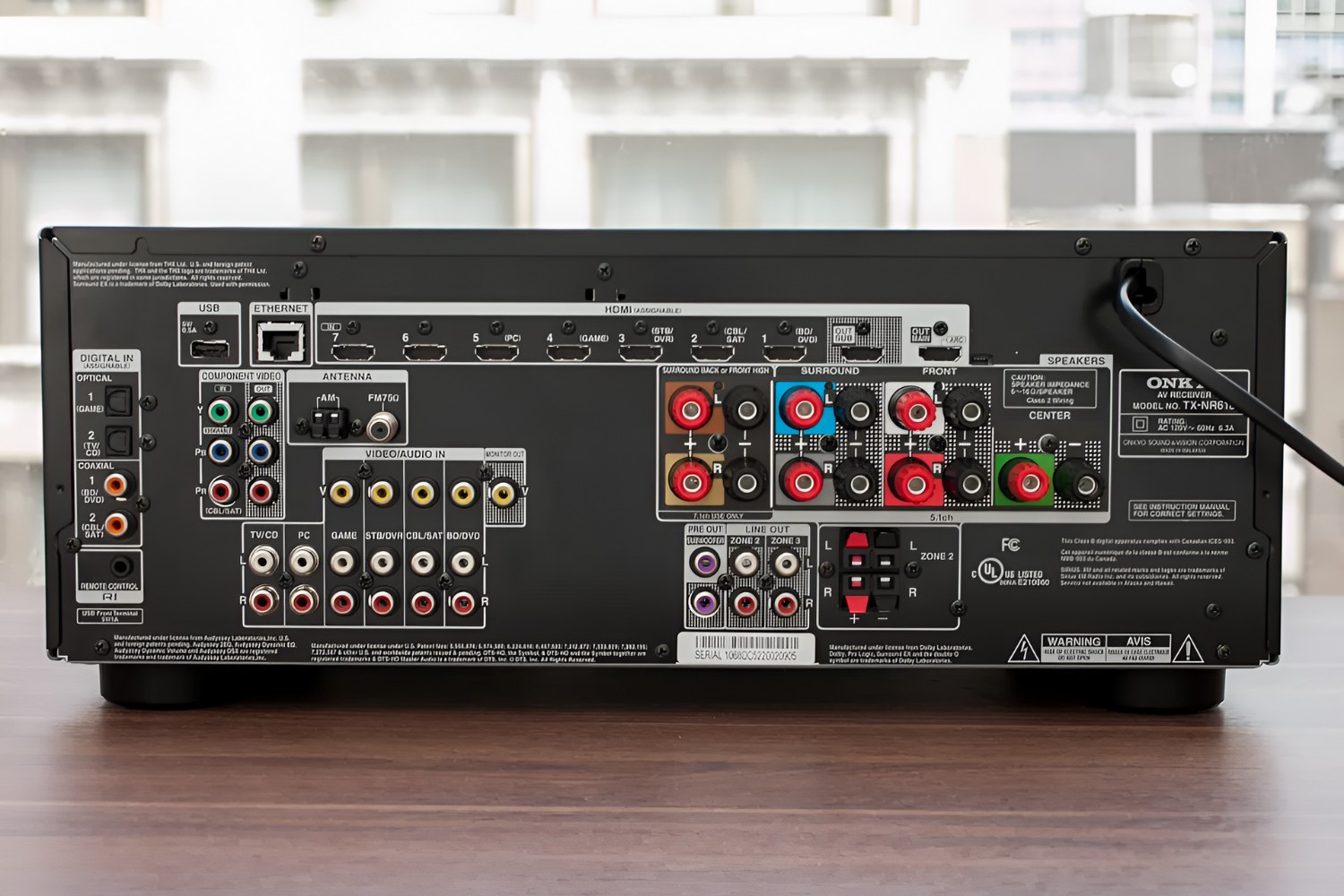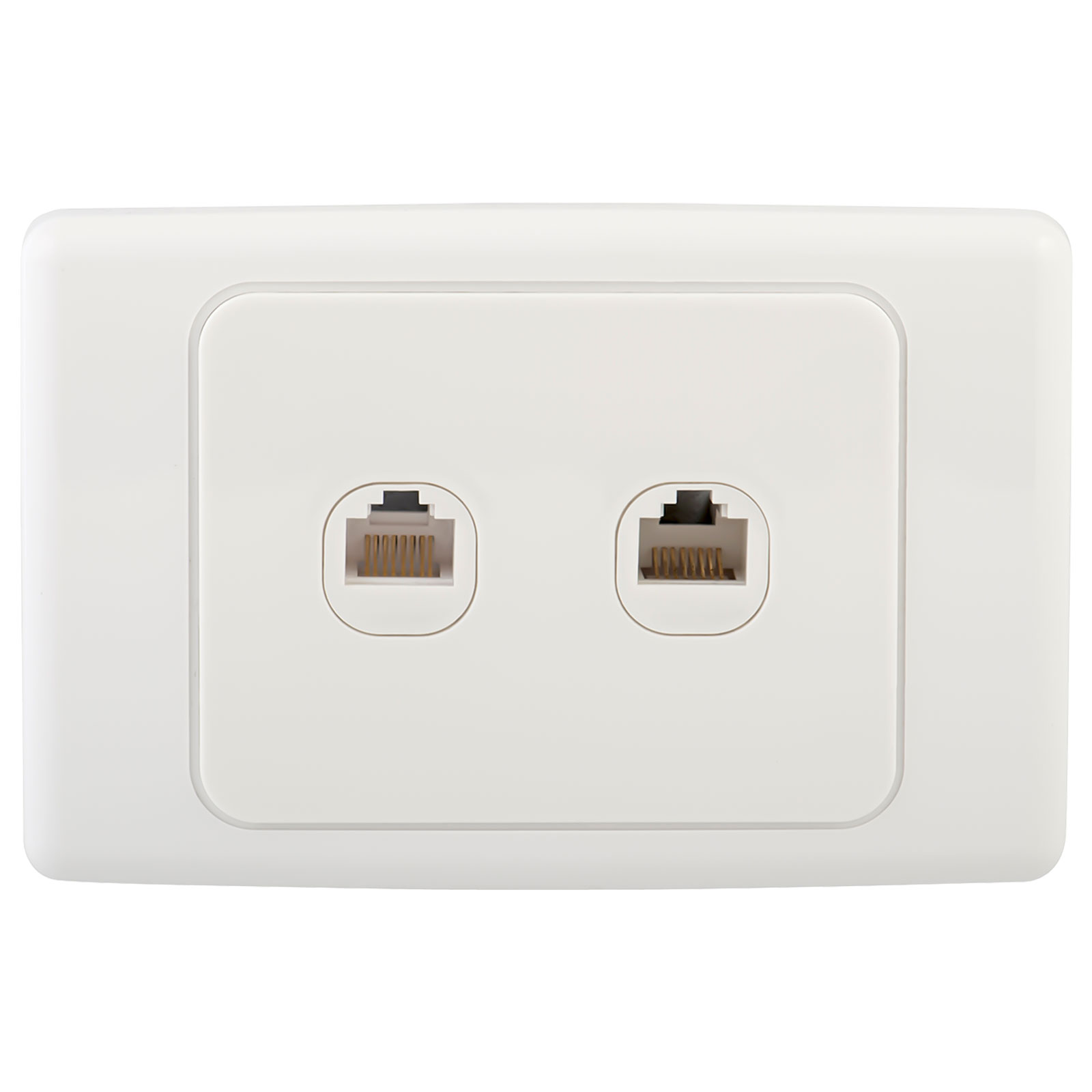Introduction
An AV receiver, short for audio-video receiver, serves as the central hub for home entertainment systems, combining audio and video processing capabilities into a single unit. This versatile device acts as a control center for various audio and video sources, amplifying audio signals, decoding surround sound formats, and routing video signals to the connected display. One of the essential features of an AV receiver is the line out jacks, which play a crucial role in expanding the system's audio capabilities.
The line out jacks on an AV receiver enable users to connect external audio devices, such as additional power amplifiers, subwoofers, or other audio systems, to the receiver. By utilizing these output jacks, audio signals can be routed from the receiver to external components, allowing for a more customized and powerful audio setup. Understanding the functionality and types of line out jacks is essential for maximizing the potential of an AV receiver and creating a truly immersive audio experience.
In this article, we will delve into the significance of line out jacks on an AV receiver, exploring their various types and how they can be effectively utilized to enhance the overall audio performance of a home entertainment system. Whether you are a seasoned audiophile or a home theater enthusiast looking to optimize your audio setup, understanding the role of line out jacks is paramount for achieving exceptional sound quality and versatility in your home entertainment environment. Let's embark on a journey to unravel the intricacies of line out jacks and their pivotal role in the realm of audio connectivity and enhancement.
What is an AV Receiver?
An AV receiver is a multifunctional electronic component designed to serve as the central hub of a home theater or entertainment system. It integrates audio and video processing capabilities, allowing users to connect various audio and video sources, such as Blu-ray players, gaming consoles, set-top boxes, and streaming devices, and route their signals to a display device, such as a television or projector, while simultaneously amplifying the audio signals for playback through connected speakers.
Key features of an AV receiver include audio and video switching, decoding of surround sound formats, amplification, and connectivity options for a wide array of audio and video sources. These devices typically feature built-in amplifiers to power multiple speakers, providing immersive, multi-channel audio experiences. Additionally, AV receivers often incorporate advanced audio processing technologies, such as Dolby Atmos, DTS:X, and room calibration systems, to optimize sound reproduction and create a lifelike audio environment.
AV receivers are equipped with a variety of input and output connections, including HDMI, optical, coaxial, USB, and, importantly, line out jacks. These connections enable seamless integration with diverse audio and video components, offering flexibility and convenience in setting up and expanding a home entertainment system. With the ability to decode and process audio and video signals from multiple sources, AV receivers play a pivotal role in delivering high-quality audio and video content while serving as the central control unit for the entire home theater setup.
As technology continues to advance, modern AV receivers often incorporate network connectivity, wireless streaming capabilities, and support for high-resolution audio formats, catering to the evolving needs and preferences of home entertainment enthusiasts. Whether it’s for enjoying blockbuster movies, immersive gaming experiences, or concert-like music playback, the AV receiver stands as a cornerstone of the modern home entertainment ecosystem, offering unparalleled versatility and performance.
What are Line Out Jacks?
Line out jacks, also known as audio output jacks, are essential components found on audio equipment, including AV receivers, amplifiers, and other audio devices. These output jacks serve the purpose of transmitting audio signals from the source device, such as an AV receiver, to external audio equipment, such as power amplifiers, subwoofers, or recording devices. The term “line out” signifies that the audio signal being transmitted is at line level, meaning it has been preamplified and is ready to be passed on to another audio device for further amplification or processing.
Line out jacks typically come in the form of analog connections, such as RCA (phono) connectors or 3.5mm jacks, and are designated as “line out,” “audio out,” or “pre-out” on the AV receiver’s rear panel. These jacks are distinct from speaker output terminals, which are designed to connect directly to passive speakers and deliver amplified signals. Unlike speaker outputs, line out jacks provide a low-level signal that is suitable for input into external amplifiers, powered subwoofers, or audio recording devices.
One of the primary functions of line out jacks on an AV receiver is to facilitate the expansion and customization of the audio system. By utilizing these output connections, users can integrate additional amplification or subwoofer units to enhance the overall sound performance of their home entertainment setup. This flexibility allows for the creation of multi-channel audio configurations, subwoofer integration for low-frequency reinforcement, or the connection of external power amplifiers to drive high-performance speakers for a more robust audio experience.
Furthermore, line out jacks enable users to record audio from the AV receiver to an external recording device, such as a digital audio recorder or a computer sound card. This functionality is particularly useful for capturing high-quality audio from various sources, including vinyl records, digital music, or live performances, and preserving them in a digital format for archiving or further processing.
Overall, line out jacks play a crucial role in extending the connectivity and versatility of an AV receiver, empowering users to tailor their audio systems to their specific preferences and requirements. Understanding the functionality and potential applications of these output connections is instrumental in harnessing the full capabilities of an AV receiver and crafting a personalized, high-fidelity audio environment.
Types of Line Out Jacks
Line out jacks on AV receivers come in various types, each serving specific purposes and catering to different audio connectivity needs. Understanding the different types of line out jacks is essential for effectively integrating external audio components and optimizing the overall audio performance of a home entertainment system. The following are common types of line out jacks found on AV receivers:
- RCA Line Out: RCA line out jacks, often referred to as phono connectors, are prevalent on AV receivers and other audio equipment. These jacks utilize the familiar red and white color-coding for right and left channels, providing analog audio output for connection to external amplifiers, powered subwoofers, or recording devices. The RCA line out is a widely used standard in audio connectivity and offers compatibility with a broad range of audio equipment.
- 3.5mm Line Out: Some AV receivers feature a 3.5mm line out jack, commonly found on the front or rear panel. This type of line out connection is typically used for headphones or portable audio devices but can also serve as a line-level output for connecting to external audio equipment. The 3.5mm line out offers a compact and versatile option for transmitting audio signals to a variety of devices, including amplifiers, active speakers, or audio interfaces.
- XLR Line Out: Professional-grade AV receivers and audio equipment may incorporate XLR line out jacks, which provide balanced audio output using three-pin connectors. XLR connections are known for their superior noise rejection and are commonly utilized in professional audio setups, studio environments, and high-end home theater systems. The XLR line out offers robust and interference-resistant audio transmission, making it suitable for long cable runs and critical audio applications.
- Digital Line Out: In addition to analog line out jacks, some AV receivers feature digital line out connections, such as optical (Toslink) or coaxial (SPDIF) outputs. These digital line out jacks transmit audio signals in a digital format, allowing for connectivity to external digital-to-analog converters (DACs), soundbars, or digital audio recorders. Digital line out connections offer the advantage of preserving the audio signal in a digital domain, minimizing potential analog signal degradation and interference.
Each type of line out jack offers distinct advantages and compatibility options, catering to diverse audio system configurations and preferences. The selection of the appropriate line out connection depends on the specific audio components being integrated and the desired audio signal transmission characteristics.
How to Use Line Out Jacks on an AV Receiver
Utilizing the line out jacks on an AV receiver opens up a realm of possibilities for expanding and customizing the audio system. Whether it’s integrating additional amplification, connecting a powered subwoofer, or recording audio, understanding how to effectively use line out jacks is crucial for maximizing the potential of an AV receiver. The following are common applications and guidelines for using line out jacks on an AV receiver:
- Connecting External Amplifiers: When seeking to enhance the power and performance of a home theater or audio system, the line out jacks on an AV receiver can be utilized to connect to external power amplifiers. By doing so, users can offload the amplification duties from the receiver and drive high-performance speakers with dedicated amplification, resulting in improved dynamics and overall sound quality. When connecting to external amplifiers, it is essential to adjust the receiver’s settings to designate the line out jacks for the desired channels and ensure proper signal levels.
- Integrating a Subwoofer: Many AV receivers feature dedicated line out jacks for subwoofers, allowing seamless integration of powered subwoofers for low-frequency reinforcement. By connecting the subwoofer to the line out jack, users can enjoy enhanced bass reproduction and a more immersive audio experience, particularly during movie playback or music listening. Configuring the receiver’s settings to enable the subwoofer output and fine-tuning the crossover frequency ensures optimal integration and seamless blending of the subwoofer’s output with the main speakers.
- Recording Audio: Line out jacks on an AV receiver can be utilized to record audio to an external recording device, such as a digital audio recorder, computer sound card, or audio interface. This functionality enables users to capture high-quality audio from various sources, including vinyl records, streaming music, or live performances, for archival or creative purposes. When using line out jacks for recording, it is important to set the receiver’s output levels appropriately to avoid clipping or distortion and to select the desired audio source for recording.
- Expanding to Multi-Room Audio: In multi-room audio setups, line out jacks can be employed to distribute audio signals from the AV receiver to external amplifiers or audio distribution systems, allowing for synchronized playback in different zones or rooms. By utilizing the line out connections, users can create a multi-room audio environment, extending the audio system’s reach throughout the home and providing independent control over audio playback in each zone.
When using line out jacks on an AV receiver, it is essential to consider the specific requirements of the external audio components being connected and to configure the receiver’s settings accordingly. By leveraging the versatility of line out jacks, users can tailor their audio systems to suit their preferences and achieve a truly immersive and personalized audio experience.
Conclusion
Line out jacks on an AV receiver serve as indispensable tools for expanding and customizing the audio capabilities of a home entertainment system. By providing the means to connect external amplifiers, subwoofers, and recording devices, these output jacks empower users to tailor their audio setups to their specific preferences and requirements, ultimately enhancing the overall sound performance and versatility of the system.
Understanding the various types of line out jacks, including RCA, 3.5mm, XLR, and digital connections, enables users to select the appropriate output for their specific audio components, ensuring seamless integration and optimal signal transmission. Whether it’s harnessing the robustness of XLR connections for professional-grade audio setups or leveraging digital line out jacks for high-fidelity audio transmission, the versatility of line out jacks caters to a wide range of audio system configurations and preferences.
Furthermore, the applications of line out jacks extend beyond mere audio connectivity, encompassing the integration of external amplifiers, subwoofers, and multi-room audio distribution systems, as well as the recording of high-quality audio for archival or creative purposes. The flexibility afforded by line out jacks empowers users to craft immersive and personalized audio environments, whether for cinematic experiences, musical enjoyment, or multi-room audio setups throughout the home.
In essence, the significance of line out jacks on an AV receiver lies in their ability to unlock the full potential of the audio system, enabling users to expand, customize, and optimize their audio setups to achieve exceptional sound quality and versatility. By embracing the functionality and applications of line out jacks, home entertainment enthusiasts can embark on a journey to elevate their audio experiences and create captivating soundscapes that resonate with their individual preferences and passions.







